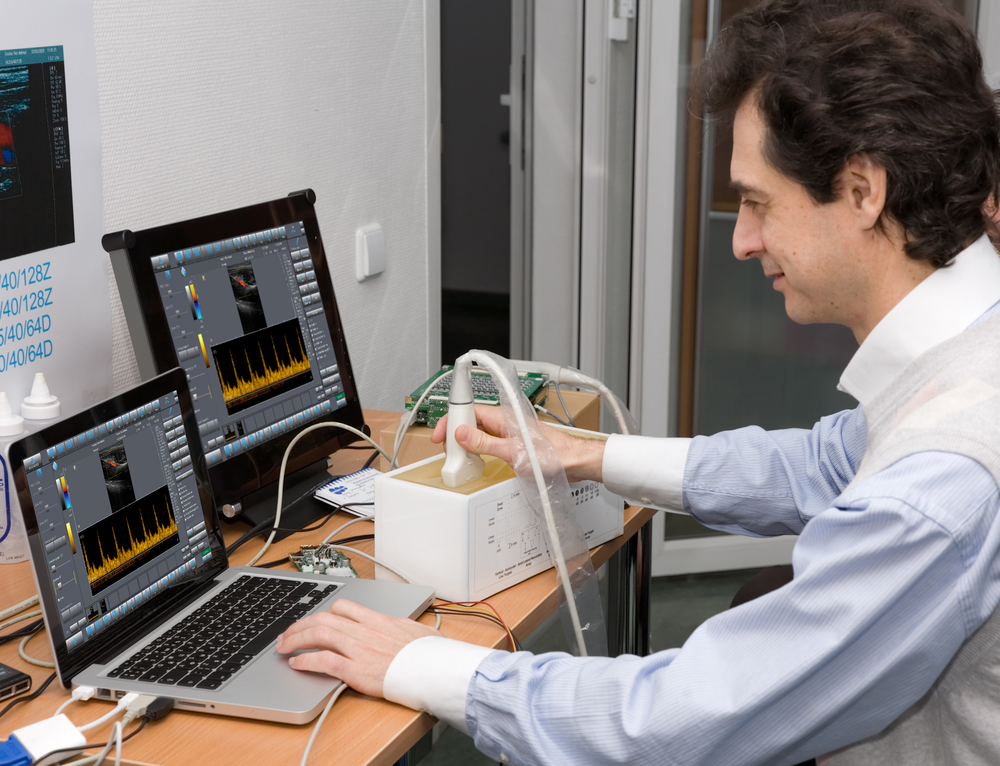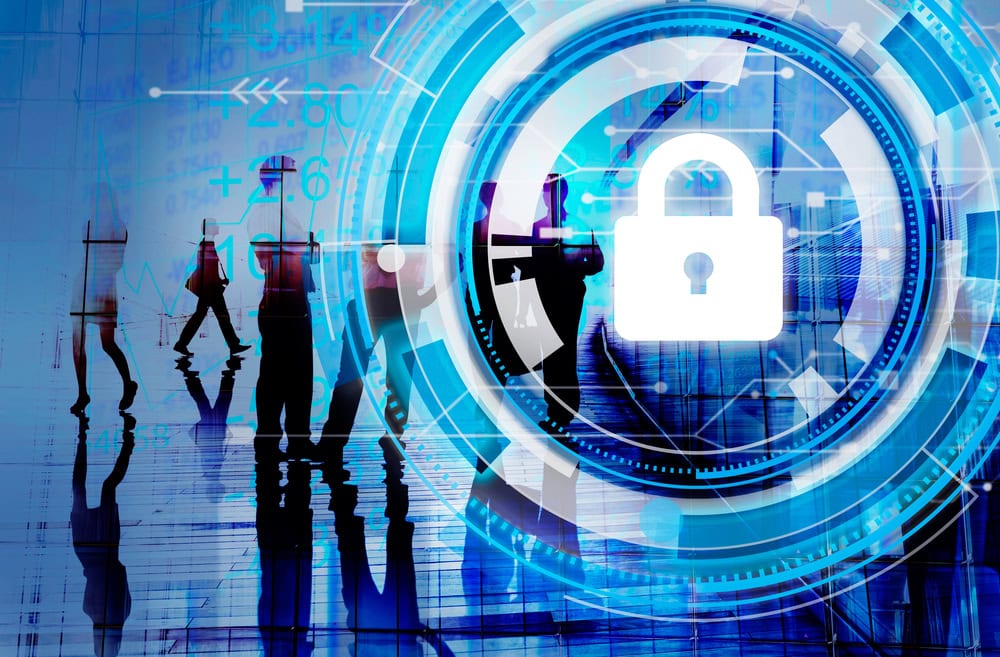10 tips for successful end-2-end monitoring
Software malfunctions and failures cost time and money and frustrate users. This makes end-2-end monitoring that detects potential problems early on all the more important. However, implementing and operating monitoring is no simple matter. Ten tips provide assistance.










